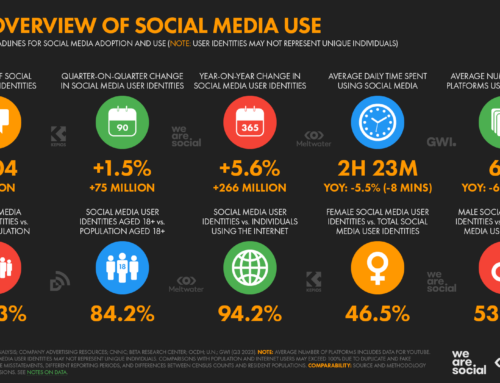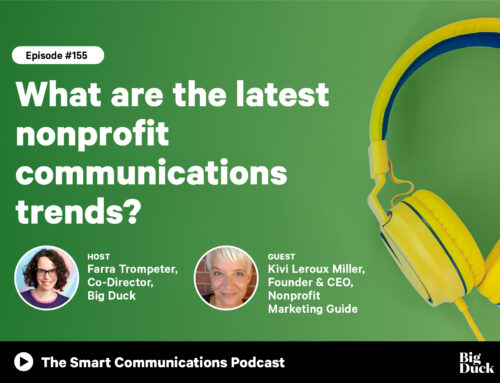 Few things make me sadder when sitting at my desk than hearing from nonprofit communicators who are wringing their hands over questions that are simply no longer relevant. What a waste of time and energy.
Few things make me sadder when sitting at my desk than hearing from nonprofit communicators who are wringing their hands over questions that are simply no longer relevant. What a waste of time and energy.
I admit I was probably in an emotional state already for unrelated reasons, but I swear tears of frustration did almost flow when I got an email from a woman who wanted to know if she should double-space her press release. She also wanted to know if it would be OK to email a PDF in addition to faxing and mailing a hard copy.
Skip the hard copy and faxing. Email the text in the body (not attached) and tweet it directly to the reporters who might be interested. Put what would have gone into your press release into a blog post instead. Recycle any PR handbook you have for getting press coverage that’s more than two or three years old, tops. Read this one instead.
A couple of weeks ago, I listed press releases as one of the 21 stupid things that nonprofit marketers can stop doing.
Here are two comments that participants chatted in when I got to that slide . . .
My experience in getting press coverage is to make sure that the issues or activities are covered in local/community blogs over press releases. I find that when we get blog coverage (and sometimes we plant a few community members to respond and egg it on), this is what inspires press coverage. We especially try to coordinate this with the 5 o’clock news hour. My experience is that local press reporters get their news from community blogs and Twitter, so I do that instead of press releases.
My boyfriend is a reporter at the Washington Post and I can confirm reporters’ hatred for press releases — he rails against them all the time. Would much rather have a relationship with a source who is familliar with his work and has conversations about potential story items with him.
So how can you start building those relationships?
Media relations is a great use for Twitter. Most reporters have their own accounts, in addition to the official accounts from their publications. Follow them all, and send them good story ideas, links to your newsy blog posts, and comments on other things they’ve written. Watch what they post — put all of the reporters you follow on a separate Twitter list to make it easy. Reporters often ask if anyone knows someone who does x, y, or z because they need to interview someone with a particular point of view or experience to round out a story.
Start a helpful email relationship. Email the reporters you wish would write about your work. Get the conversation going. In tomorrow’s guest blog post, Shannon Arnold from FamilyAid Boston will show you exactly how she did that, including the email she sent.
Crying Baby by BigStock

![12 Things You Can Stop Doing Right Now [Infographic]](https://www.nonprofitmarketingguide.com/wp-content/uploads/2025/01/Stop-Doing-2025-Info-hung-up-500x383.png)




